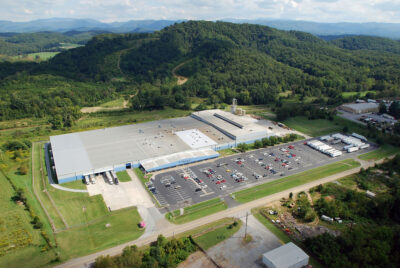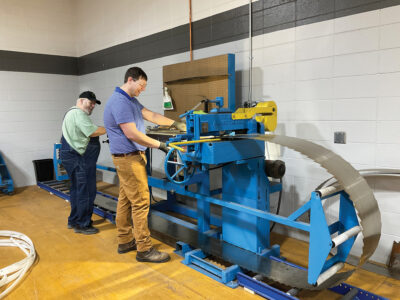
President
Inflated interest rates, an ambling housing market and the imminent wintry weather cycle were cited by industry sources as culprits in the lukewarm final quarter of 2023.
Interest Rates
Calling the current market “God awful,” a Montana lumberman narrowed down the source to growing interest rates, which many believe has made customers reluctant to build houses.
“It is basically the interest rates,” he said of the industry’s slow fourth quarter. “And people lacking the confidence in the economy going forward.”
An Arizona lumberman agreed.
“In my lifetime, I’ve never seen interest rates go from two-to-eight percent in nine months,” he said.
An Idaho source added that the wood distributors were “hand-to-mouth and trying to pass (that mentality) on to their customers.”
While many lumber sellers are optimistic about turning the corner into 2024, others aren’t as confident.
“Things will pick up in the first quarter of 2024,” said the Montana source, “but that is only seasonal. And that’s not regional, that is national.”
According to the Arizona lumberman, “We’d like to see the first quarter go up.”
“But we don’t really think that it will,” he said. “I think we are possibly looking more at the second quarter before we start to see an uptick. We see the cycles and go through it,” he added. “The thing about this one is that we’re still in the post COVID world.”
According to the U.S. Department of Agriculture, timber prices began to rise in late 2020 and 2021. During the first year of the pandemic, prices of processed wood products, such as Softwood lumber and plywood, nearly quadrupled.
Inventory Costs
At the time of this writing, sources acknowledged that they were keeping a low inventory through the final quarter of 2023 to “save on inventory tax.”
“Everyone is letting inventory wind down to the end of the year to save inventory costs,” said the Idaho lumberman.
“Everyone is staying tight. The mills want to be smooth and tight. Everyone has tucked into the holiday schedule. That is pretty normal.”
The Montana source, who focuses on building and industrial items, noted that there is “so much wood out there that you can’t believe it.
“There is too much production,” he said. “It is just supply and demand. That’s pretty simple. But until you can instill something in the consumer (to make them buy) then it’s not going to happen.”
New Housing
Another factor that stung the Softwood market was a lull in new housing construction.
“Business is off because residential housing has been down,” said the Arizona source who specializes in the Douglas Firs used to frame houses.
“We are still doing multifamily construction,” said the Idaho source, who also sells Douglas Firs and Hem-Firs. “But it has been light.”
Inclement Weather
While it remains a cyclical problem that lumber companies annually clash with, winter weather remains a detriment to most of the inland west states.
“We haven’t gotten a lot of weather yet,” said the Idaho lumberman, “But that is going to put a damper on things quite a bit. These job sites will get wet and snowy.
“Like Denver, they get hammered during the winter and usually can’t start the building season until the summer months,” he continued. “It is a big issue.”
Last year, lumber workers in Phoenix were sidelined because of soaring summer temperatures, according to the Arizona sources.
Regarding interest rates and construction woes, the Montana lumberman said the country needs change to repair the industry. However, weather is an inevitable disruptor.









